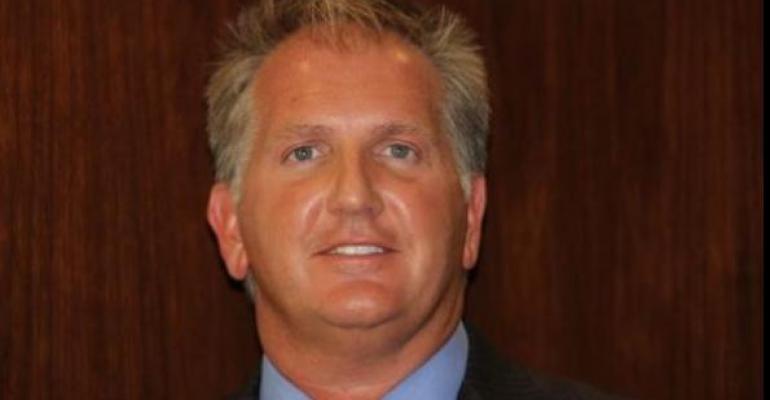The Federal Reserve is expected to start winding down a tremendous fiscal stimulus that some say helped the United States survive its deepest financial trenches since the Great Depression.
Since the Fed’s $2.8 trillion “quantitative-easing” started – the US recorded growth to its economy between 1.0 – 1.8%, lifted stock prices to record highs, and drove interest rates to record lows. Average economic growth has equaled 1.5% and the economy created 180k jobs growth per month.
Most importantly, it has shown that whether you were for or against QE, mediocre US growth has afforded the economy to strengthen. Going forward the primary driver of monetary policy will come from job growth – as the Fed keeps saying that the unemployment rate is the primary driver of monetary policy.
So what can be expected of the fixed income markets.
First we need to look at the recent ‘supply’ side of the equation.
Fixed Rate Markets continue to experience pressure; participants are hurrying to issue ahead of rising interest rates. The new debt issuance markets have a fairly full calendar- and relative to recent quarters past- this is making for some pretty interesting jockeying. (The announcement of the Verizon deal sent the weekly issuance volumes to double.
How about the demand.
Inflows have started to come back- albeit slowly -based on the huge outflows of past years– and from some of the influenced rate moves. Contributing to this is the record number of deals finding their way back into the primary market. Historically, over the last few years the new issuance market has come from refinancing’s.
Regards to the loan side: as the market stabilized- and as rates remain low- we have seen a swift uptick in leverage financings. The leverage loan market- new issuance YTD has already topped last year’s total issuance volumes. And high-yield has consistently positive performance from a credit spread performance in the past YTD year.
With a hot primary bond market and hot loan market- the financing arena has performed very favorable.
Going forward, what is a market to do?
We would expect to see increased volatility with absolute interest rates movement; however, we expect further credit spread tightening – based upon continued economic fundamental improvements- and also due to the health and contraction of the credit spread bond and loan market. Ultimately we see rising rate environment- yet with an opportunity to gain from a credit spread tightening and the Fed’s expected jobs market improvement.

